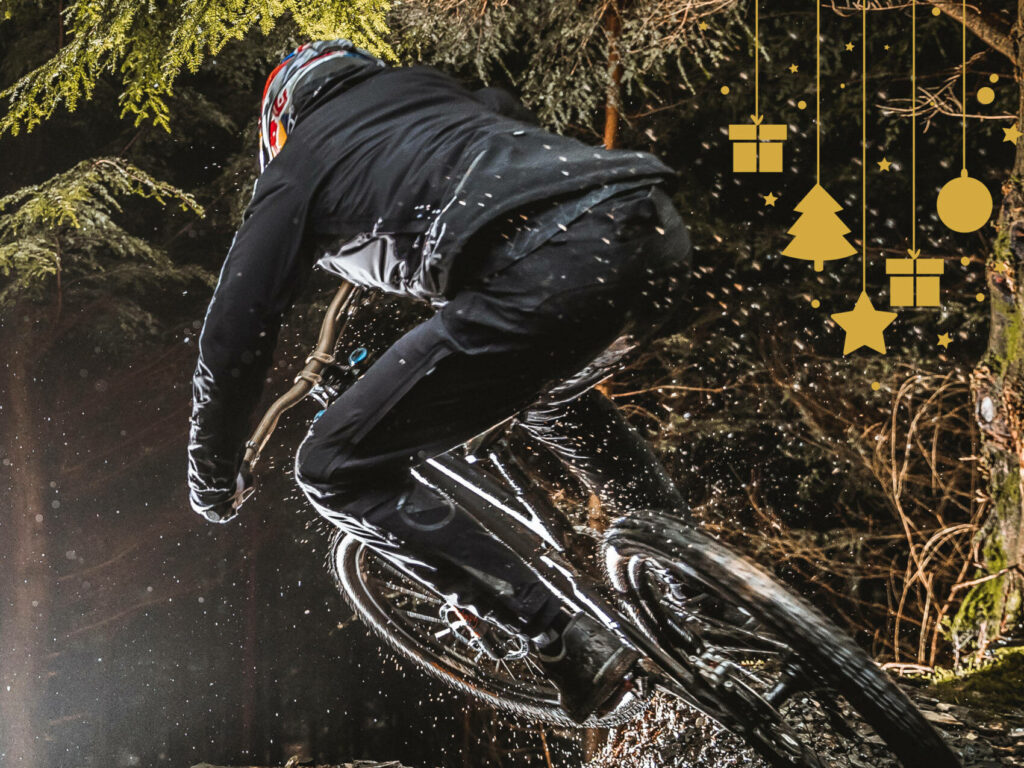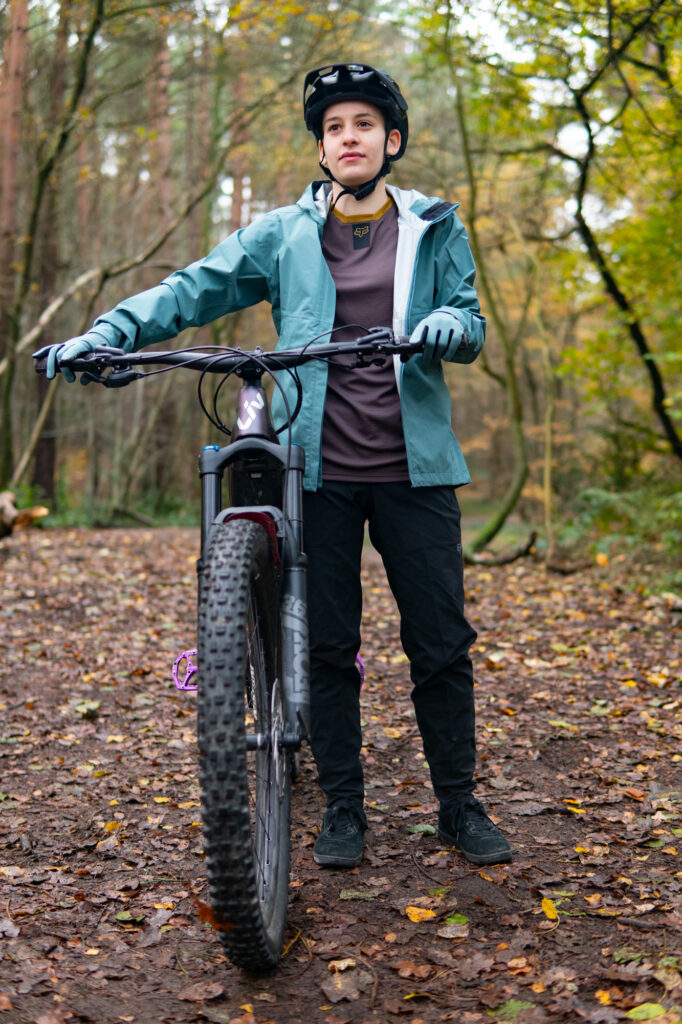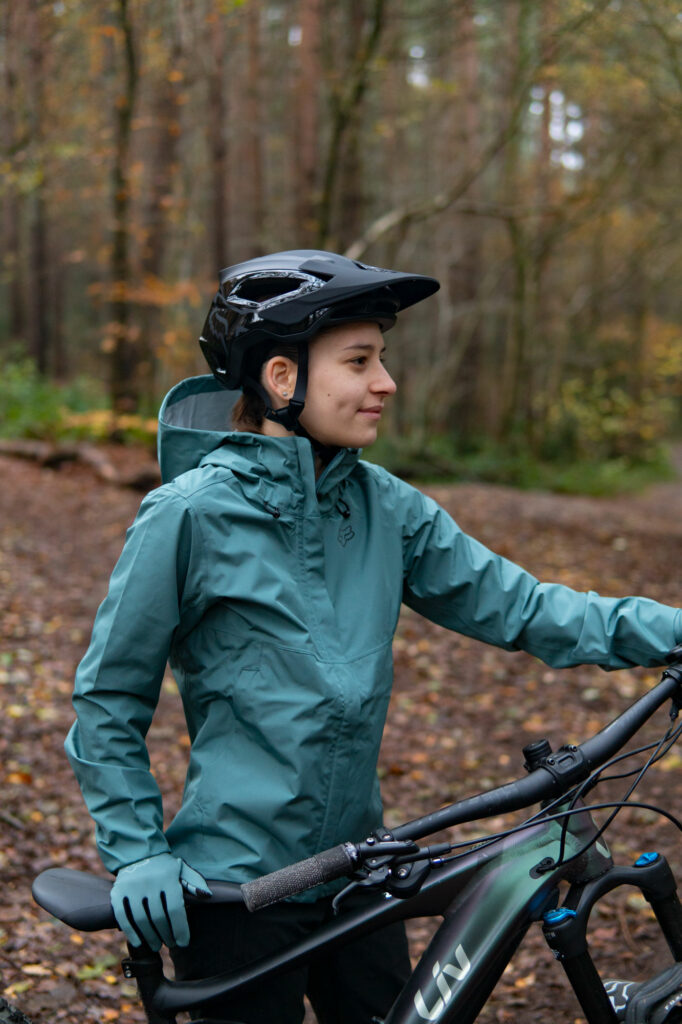
When autumn advances choosing your cycling outfit can be something of a lottery. You can experience all four seasons in one ride or head out in glorious sunshine to encounter a five-minute downpour that saves you having a shower when you get in. All these conditions can influence your enthusiasm but that need not mean they affect your enjoyment.
If you get your winter layers right, you will be prepared for most eventualities and get back with a grin on your face. The art of keeping the elements at bay is layers. Most cycling clothing has either practical use or technical capabilities that help it deal with wind, rain, sweat-wicking or all the above.
Base Layers

Starting next to the skin, what is the base layer? As the name suggests, it is a long, short or sleeveless layer worn next to the skin. When you wear several layers, they have the added benefit of trapping the air between them which will help insulate you. If your layers are breathable, when you start to work up a head of steam, they will allow the heat and moisture to transfer away from the skin keeping you comfortable.
Jerseys

Worn as your next line of defence, they will be available in long or short sleeve versions and will offer various levels of protection. If it feels on the warmer side, you could opt for a short sleeve jersey and pair it with arm warmers and a gilet, more on those later. If the forecast is on the cooler side, then a long-sleeve option would work. Some like the Endura FS-260-Pro Roubaix have thermal properties to keep the heat in but also wick well to avoid sweat buildup. With the introduction of softshells, think a mix of a jersey and a jacket but with a soft, subtle finish. The Castelli Perfetto RoS 2 Jacket is a mix of the two and is fleece lined and water-resistant.
Legwear

When the temperature is a little more varied some riders like to pair shorts with a set of leg or knee warmers. You then have the choice to remove them should the mercury rise during your ride. Bib shorts and tights have the advantage of a higher front which can help keep the wind off your abdomen and are more comfortable as they do not cut in at the waist. If you are riding off-road, then you might use bib tights under a pair of baggy shorts or trousers for protection and coverage. Baggy shorts have all the storage you might need for your essentials but are more robust than lycra versions.
Jackets and Gilets

If the weather is particularly foul, freezing cold or just a mixed bag then you might opt for a more robust option. Jackets will be your outer layer with some offering portability but still providing water resistance so can be stashed in a pocket or bag if not required. The Endura Pro SL Waterproof Shell Jacket is both breathable and lightweight allowing you to pack it away if not needed.
Gilets are an under-appreciated item of clothing that can be hugely versatile in cooler temperatures. If you have an early start, the temperature might not have risen enough to make a base layer and jersey a sufficient combo. If you are out for long enough for that to change you do not want to feel over-dressed so a gilet, a sleeveless jacket can be used to ensure your torso remains warm but can be removed and stowed easily.
Gloves and Mitts

Your extremities need as much thought as the rest of your body. They do not move enough to generate a lot of heat and can be exposed to the worst of conditions so require careful consideration. Full-finger gloves come in a variety of thicknesses and protection. The Castelli Perfetto RoS Gloves use a Gore-Tex Infinium Windstopper fabric for warmth but remain supple enough to enable the rider to operate the brakes, gears etc. without hindrance. The Fox Clothing Ranger Fire Gloves not only provide great protection for off-road riding they will do an excellent job of keeping your hands warm and dry.
Hats, Caps and Buffs

Not to be ignored, your head and neck are particularly exposed to the elements. Whether it is an icy wind, or you have been caught in a sudden downpour, there are several options to protect you. Caps can keep the rain out of your eyes but also deflect the sunlight on brighter days. The peak can be flicked up if you want to allow more light through. If you find a cap too bulky you could use a headband or skullcap as an extra layer of protection against the wind. The Castelli Pro Thermal Skully provides a good layer of insulation.
A buff or neck warmer can be worn around the neck and then pulled up over your chin or nose if you prefer. Alternatively, it can be used as a head and neck protector as they are effectively long tubes of material. The Endura SingleTrack Multitube allows the rider to decide how they want to wear it.
Warmers

Warmers as the name suggests are available for your arms and legs, or slightly shorter options for your knees. The arm and leg options will cover your limbs up to your upper arm or thigh and will stay in place thanks to a silicone band. Knee warmers are shorter than the leg variant and will cover your knees providing a bit of extra protection. Not as thick as bib-tights but will ensure your limbs stay warm and offer the advantage of being able to remove them during your ride if you do get too hot.
Socks

Keeping your feet warm and comfortable will make all the difference. The Fox Clothing Ranger Socks have a long cuff and compression arch for additional support. You will need to be mindful of the bulkiness of the socks, if they are too thick, they will keep your feet warm but may feel restricted if your shoe is a snug fit.
If it looks wet, then the Endura Hummvee Waterproof Socks may prove a better option. These socks are waterproof but highly breathable.
Overshoes

Adding an extra layer of protection and in some cases visibility, overshoes can help keep your feet warm and dry. The Endura FS260-Pro Slick II overshoes have a zippered opening at the back to ease the process of putting them on or taking them off and in hi-viz yellow, they will provide an extra flash of colour to other road users. The waterproof PU upper will prevent water ingress.
The Castelli Diluvio UL Overshoes are sturdy with a 3mm neoprene upper for water protection and warmth. All overshoes will have an open sole to allow them to be worn with cleats and prevent rubbing on your pedals.




